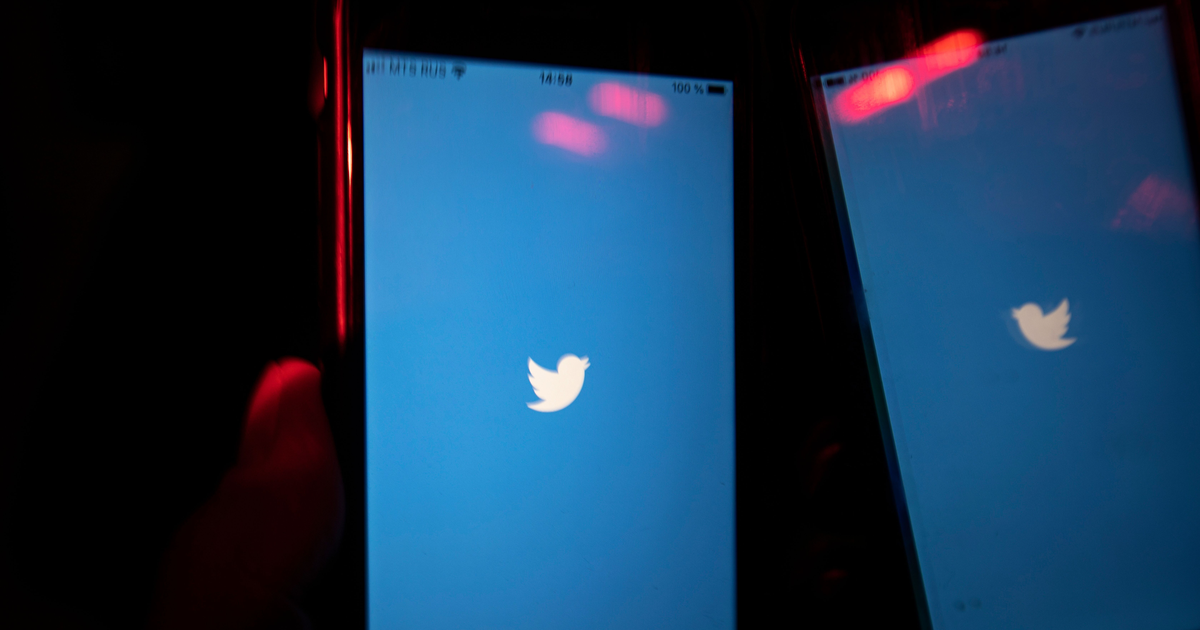
There are two important things to know about the “Undo” feature that Twitter is currently testing.
The first is that it’s real, as Mashable confirmed in early March when app researcher Jane Manchum Wong first spotted the feature. The second thing, and the more recent development (again compliments of Wong), is that Twitter may be eyeing the feature as a perk for its rumored paid subscription tier.
The only thing Twitter’s confirmed so far is the existence of a test for the Undo feature. But as you can see in Wong’s screen capture above (h/t CNET), there’s at the very least something in the underlying Twitter code that ties Undo directly to a subscription.
But here’s the thing: Who cares? Take a look at Wong’s earlier tweet, located just below the screenshot above. Hit play on the GIF in her March 5 tweet and you’ll see how Undo actually works. It’s a lot like Gmail’s undo feature, where your email is basically just placed on hold for a few seconds before it actually sends. This gives the sender a brief window to click the undo link and not send the email that hadn’t actually been sent yet.
Granted, there are plenty of people who will hit “send” on something — whether it’s an email, tweet, or something else — and then regret it. But let’s be honest with ourselves about what an Undo feature like this really is: The equivalent of a service putting up an “Are you sure?” prompt when you hit send.
It doesn’t actually do anything other than hit you with a gentle reality check, a reminder to step back and think before you act. It’s functionally no different from the prompts that popped up around the 2020 election encouraging Twitter users to read an article before sharing it.
So the question now becomes: Is an “Are you sure?” prompt from Twitter really something worth paying for? A paid subscription tier for Twitter would likely offer a range of other benefits as well, but it’s hard to imagine what concrete advantages they might offer when the one example we have so far appears to involve Twitter sticking a text prompt behind a paywall and calling it a perk.
